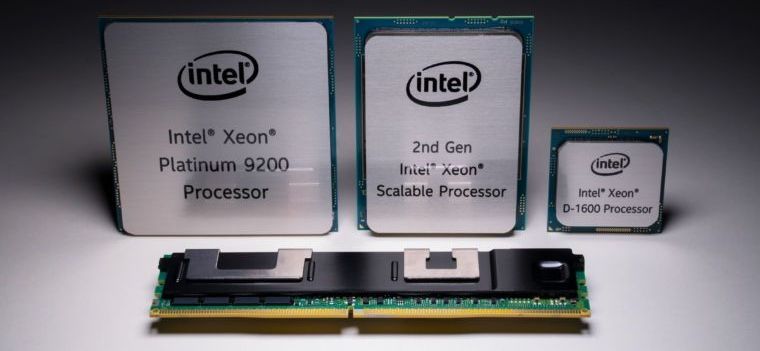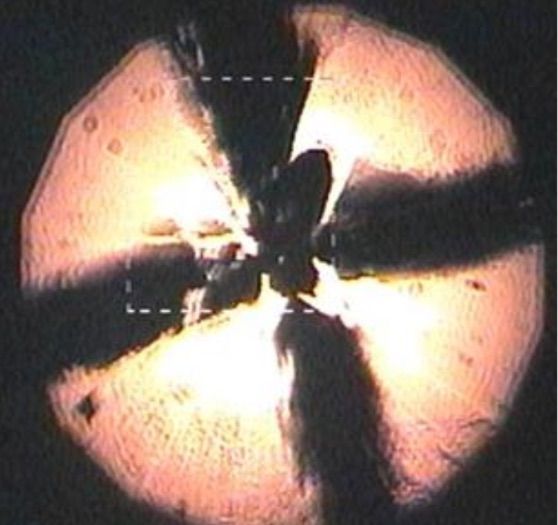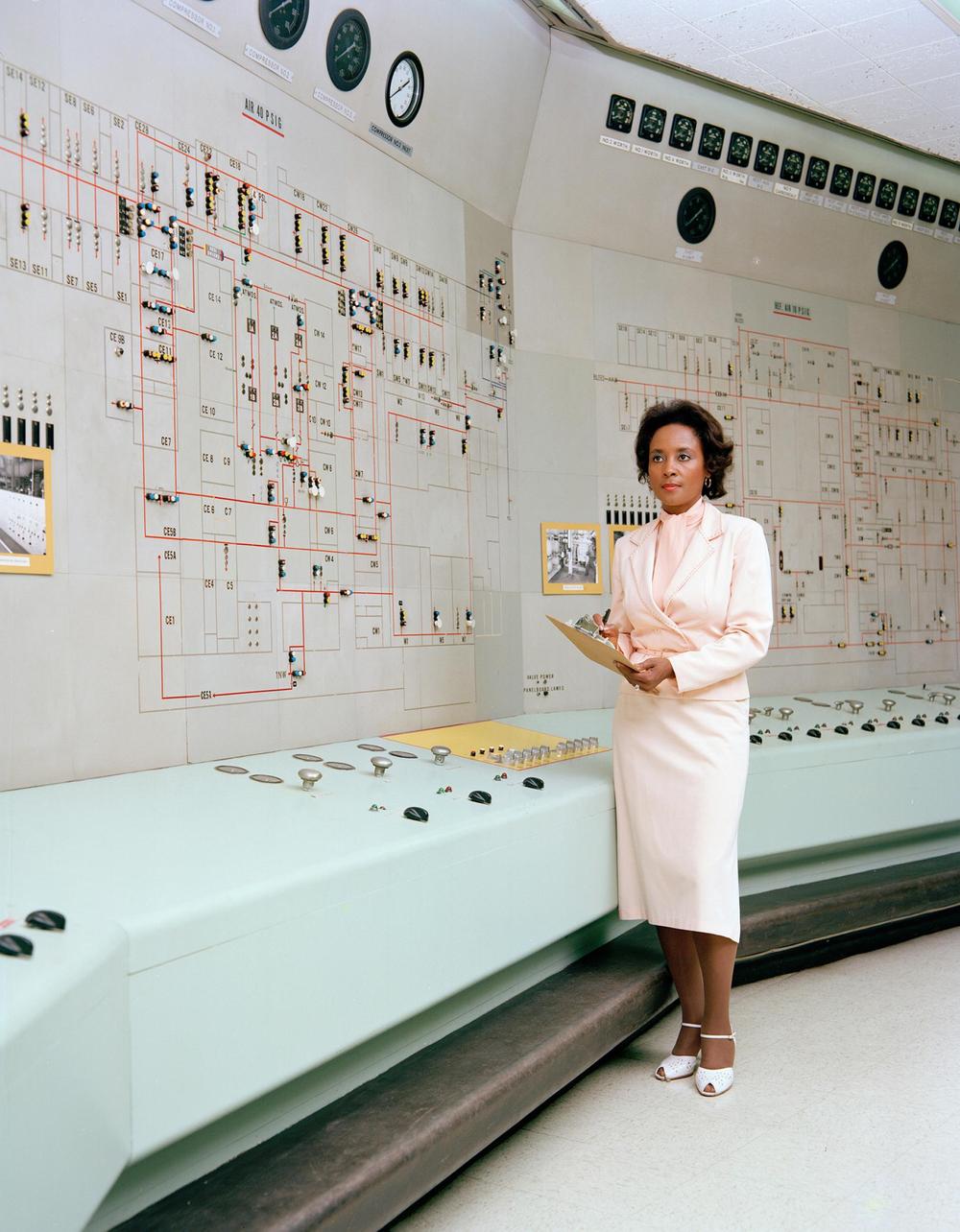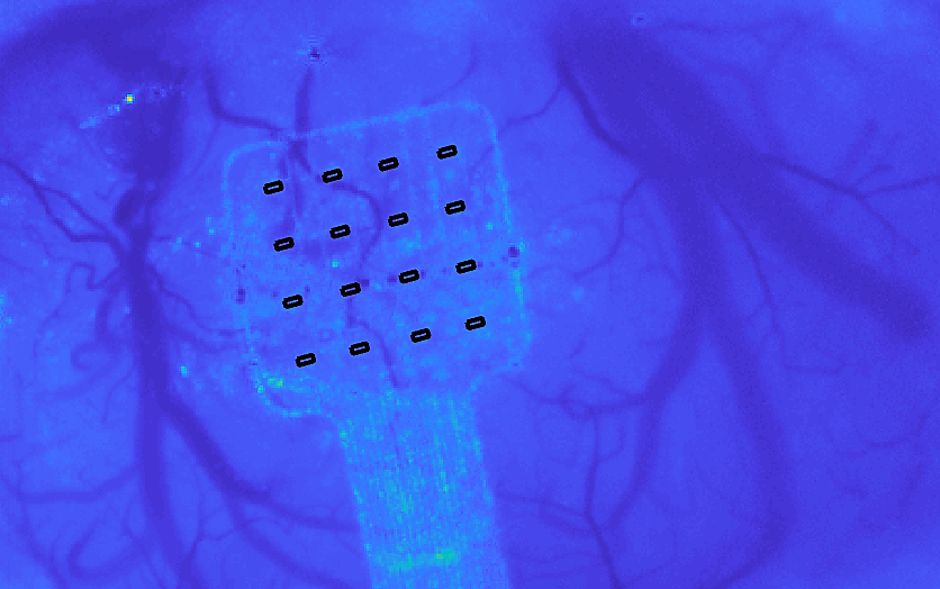Intel wants to sell you more than just some CPUs for your servers.


Whether we like it or not, our society has become completely reliant on plastic. From food preservation to water transportation, computer technology to healthcare and medicine, plastic can be found in nearly every facet of the human experience.
But as we well know, plastic is a double-edged sword, with massive amounts of plastic waste not only piling up in landfills, but floating in the most remote depths of our oceans and water supplies. And despite our knowledge of plastic’s harmful effects on the environment, we’ve become so reliant on plastic that there seems to be no end in sight. In fact, plastic production is growing on a yearly basis–and posing a potentially mortal threat to us all.
However, a newly-discovered type of mushroom could not only play a crucial role in slashing plastic pollution, but could have myriad other uses in addressing the environmental crises the planet faces.

All the genome sequences of organisms known throughout the world are stored in a database belonging to the National Center for Biotechnology Information in the United States. As of today, the database has an additional entry: Caulobacter ethensis-2.0. It is the world’s first fully computer-generated genome of a living organism, developed by scientists at ETH Zurich. However, it must be emphasised that although the genome for C. ethensis-2.0 was physically produced in the form of a very large DNA molecule, a corresponding organism does not yet exist.

Outcome-based education. This is about a man who is involved in a system designed to train and assess the skills of computer programmers, but I wonder if the ideas could be applied to other types of learning.
For that matter, it strikes me that merit badges in the Boy Scouts may work along similar lines.
Nathan chose all-in, investing his entire life savings in a single stock-market exchange, and made enough money to keep the business alive. The past several years have been full of similar tests of commitment but Nathan and his business partner have weathered them all, building a groundbreaking company called Qualified.
Qualified has developed a new format for training and assessing coding skills, one that achieves greater effectiveness through an immersive, real-world experience. This allows companies to identify the best potential employees and educators to improve student evaluation.
“In the workforce, this assessment approach ensures that performance gets rewarded instead of pedigree. In education, this new format enables interactive, self-directed learning, while also allowing educational institutions to be responsive to rapid changes in relevant skills.”





A new graphene-based brain implant could help provide information about the onset and progression of epileptic seizures and pave the way for next generation brain-computer interfaces.
The new implant, which records electrical activity in the brain over large areas and at frequencies below 0.1Hz, is said to overcome the limitations of electrode arrays that have only been able to detect activity over a certain frequency threshold.
The technology was developed by Graphene Flagship partners at the Barcelona Microelectronics Institute (IMB-CNM, CSIC), the Catalan Institute of Nanoscience and Nanotechnology (ICN2), and ICFO.

Over the past twenty years, neuroscientists have been quietly building a revolutionary technology called BrainGate that wirelessly connects the human mind to computers and it just hit the world stage. Entrepreneurs such as Elon Musk and Mark Zuckerberg have entered the race with goals of figuring out how to get computer chips into everyone’s brains. The attention of Musk and Zuckerberg means the potential for giant leaps forward. But the question no one seems to be asking is whether our dependence on machines and technology has finally gone too far. Countries annually celebrate their independence from other countries, but it now seems we should start asking deeper questions about our personal independence.
60 Minutes recently ran a piece showing how engineers are using what scientists have learned about the brain to manipulate us into staying perpetually addicted to our smartphones. The anxiety most of us feel when we are away from our phone is real: During the 60 Minutes piece, researchers at California State University Dominguez Hills connected electrodes to reporter Anderson Cooper’s fingers to measure changes in heart rate and perspiration. Then they sent text messages to his phone, which was out of his reach, and watched his anxiety spike with each notification.
The segment revealed that virtually every app on your phone is calibrated to keep you using it as often and as long as possible. The show made an important point: a relatively small number of Silicon Valley engineers are experimenting with, and changing in a significant way, human behavior and brain function. And they’re doing it with little insight into the long-term consequences. It seems the fight for independence has gone digital.